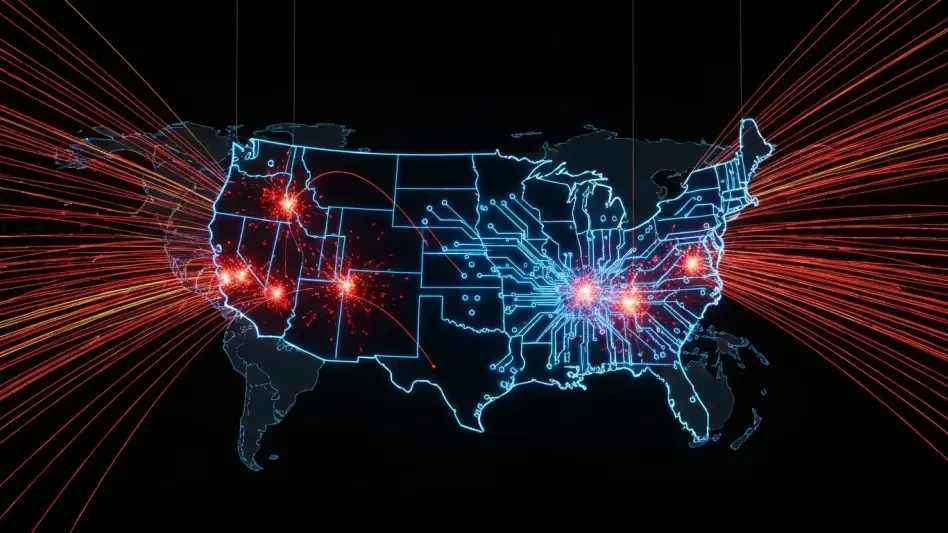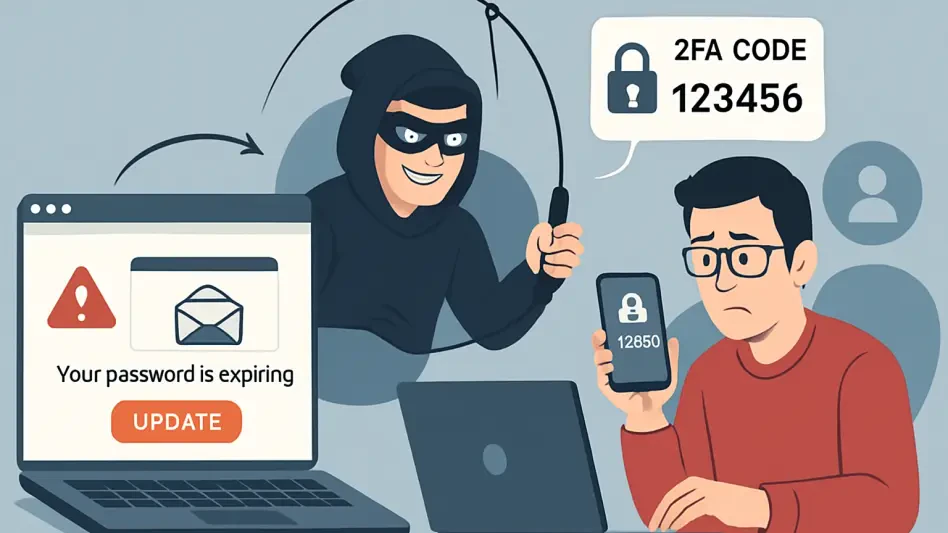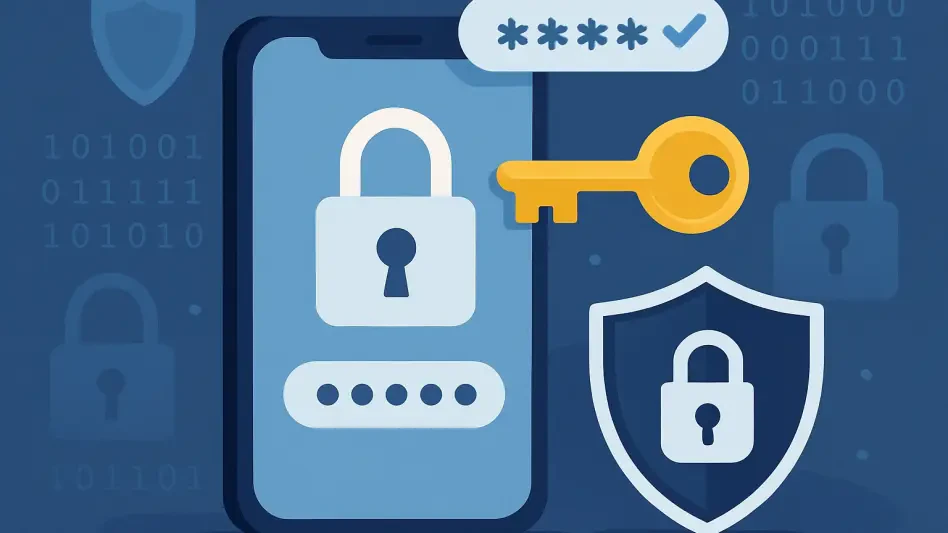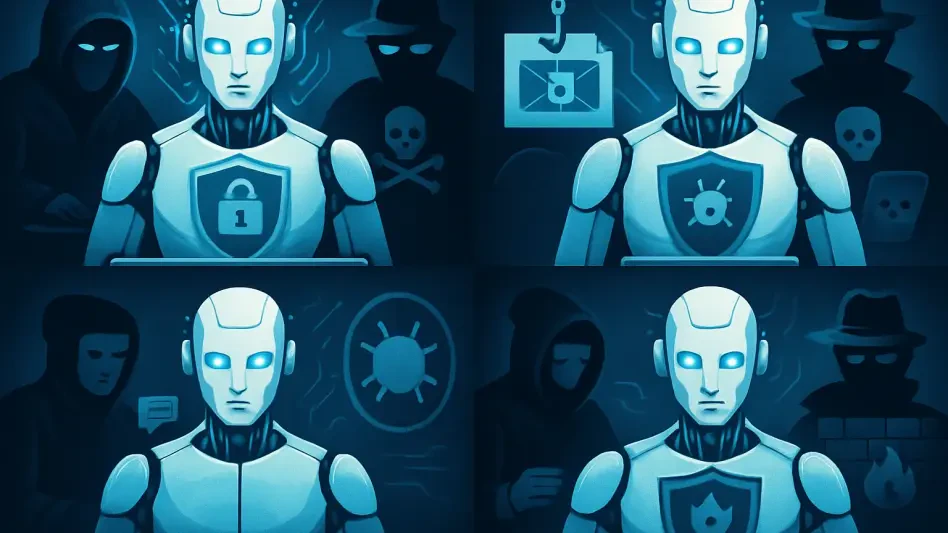In the ever-evolving realm of cybersecurity, malware threats continue to advance in complexity and become increasingly elusive to detect. ModiLoader, recently identified by ASEC analysts, has emerged as an especially sophisticated strain of malware that poses significant risks to Windows users. Initially disguised through well-orchestrated phishing campaigns, it effectively bypasses traditional security measures, exploiting vulnerabilities in unsuspecting systems. This malware exemplifies the modern phase of cyber threats that leverage innovative tactics to infiltrate systems and extract sensitive information. As the landscape of cybersecurity challenges develops, with attacks growing more sophisticated, the strategies employed by ModiLoader demand close scrutiny and emphasize the need for extra vigilance in safeguarding digital environments.
ModiLoader’s Deployment Tactics
Unveiling the Phishing Mechanism
At the heart of ModiLoader’s deployment is its strategic use of phishing emails, primarily in Turkish, masquerading as communications from legitimate Turkish banks. These emails are crafted to evoke trust and prompt recipients to act, having them open attachments under the pretense of needing to review transaction records. Such attachments are often RAR files containing executable BAT scripts. Once opened, these scripts initiate the ModiLoader installation process within the system’s temporary directory. The malware cunningly utilizes Base64 encoding to disguise its nature, effectively sidestepping standard security detection systems that often fall short against such obfuscated data. The infection begins as seemingly innocuous BAT files go unnoticed, posing a significant challenge to unprepared network defenses.
Implementation of Obfuscation Techniques
ModiLoader employs a complex series of obfuscated BAT scripts to establish system persistence and avoid detection, exploiting legitimate processes alongside its malicious actions. The camouflage involves integrating itself within the system’s environment while manipulating it by running combined legitimate and harmful operations. This method not only ensnares standard security protocols but allows the malware continued access and operation without raising alarms. The BAT scripts, meticulously obscured, confound attempts to dissect their true intentions. As the malware hijacks system paths, appearing as aligned with legitimate operations, its progression illustrates the shrewdness inherent in its design, unabashedly undermining conventional security strategies.
Advanced Threat Capabilities
SnakeKeylogger’s Devious Prowess
Once ModiLoader has circumvented defenses and secured its presence, it deploys the notorious SnakeKeylogger. Known for its ability to steal a wide range of sensitive data, SnakeKeylogger extracts system information, keystrokes, clipboard contents, and stored credentials. Its multi-faceted approach to data theft sets a daunting precedent for cybersecurity teams tasked with thwarting its operations. With data exfiltration executed through various channels such as email, FTP, SMTP, and Telegram, the malware poses formidable challenges for interception and threat mitigation. Telegram bot tokens are employed to facilitate data transmission to control servers, greatly complicating efforts to detect and neutralize the breach. Its prowess in exfiltrating information makes it a potent adversary in the realm of cybersecurity, where protecting sensitive data remains paramount.
Evasive Strategies and Security Manipulation
ModiLoader’s deployment strategy includes advanced techniques to evade detection by exploiting legitimate Windows processes and disabling existing security defenses. Utilizing the Esentutl command, it disguises its activities, while DLL side-loading exploits legitimate processes by linking them with malicious DLLs. The malware further distorts security protocols by employing PowerShell commands, effectively adding exclusions to antivirus scans and bypassing them. These sophisticated maneuvers reveal the extent of its ability to adapt and overcome obstacles, reaffirming the necessity for advanced detection frameworks capable of identifying behavior anomalies. As ModiLoader entrenches itself within systems, the conventional security apparatus struggles to keep pace, underscoring the urgency for new adaptive and proactive measures to counteract such threats.
Future Directions in Cybersecurity
Evolving Threat Landscape
The rise of ModiLoader exemplifies the dynamic complexity of modern cybersecurity threats. Its multifaceted and elusive nature challenges traditional security measures and highlights the necessity for innovative detection systems that rely on behavioral analysis over signature-based methods. By subverting established defenses, ModiLoader demands a reevaluation of current security paradigms, encouraging cybersecurity experts to adopt a proactive stance equipped to anticipate and neutralize sophisticated malware strains. As cyber threats continue to evolve, the importance of resilience and adaptive security becomes evident, urging the sector to prioritize the development of counter-strategies capable of managing increasingly clever threats like ModiLoader.
Adaptive Security Strategies
ModiLoader cleverly utilizes obfuscated BAT scripts to achieve system persistence and evade detection, exploiting legitimate processes alongside malicious activities. This malware blends itself into the system’s environment, executing both legitimate and harmful operations to mask its intent. By doing so, it effectively bypasses standard security measures, ensuring uninterrupted access and avoiding alarms. The BAT scripts are expertly hidden, making it challenging to uncover their true purpose. As ModiLoader disguises itself within system paths, it mimics legitimate operations, showcasing the sophisticated nature of its design. This strategy unashamedly challenges traditional security protocols. The malware’s ability to seamlessly integrate and navigate through computer environments illustrates a calculated approach toward maintaining prolonged, stealthy operation without immediate detection. These tactics reveal a high level of intricacy in the malware’s construction, pointing to a deliberate effort to undermine existing security practices.








